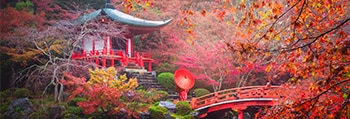INDEX
Visit Kagoshima—the “Hawaii of Japan”
See Sakurajima—one of Japan’s most active volcanoes
- The origins of Sakurajima
- Sakurajima’s topography and geology
- Sakurajima’s lava and vegetation
- How the residents of Kagoshima live with the ashfall
Visit different observatories to see different angles of Sakurajima
Experience Sakurajima in other ways
- Trek the Nagisa Lava Trail
- Relax at the Nagisa Park Foot Bath
- Go for a soak at the Magma Onsen
- Have fun with your kids at the Dinosaur Park
- Visit the Kurokami Buried Shrine Gate
- Pedal around the volcano



























Share
SHARE